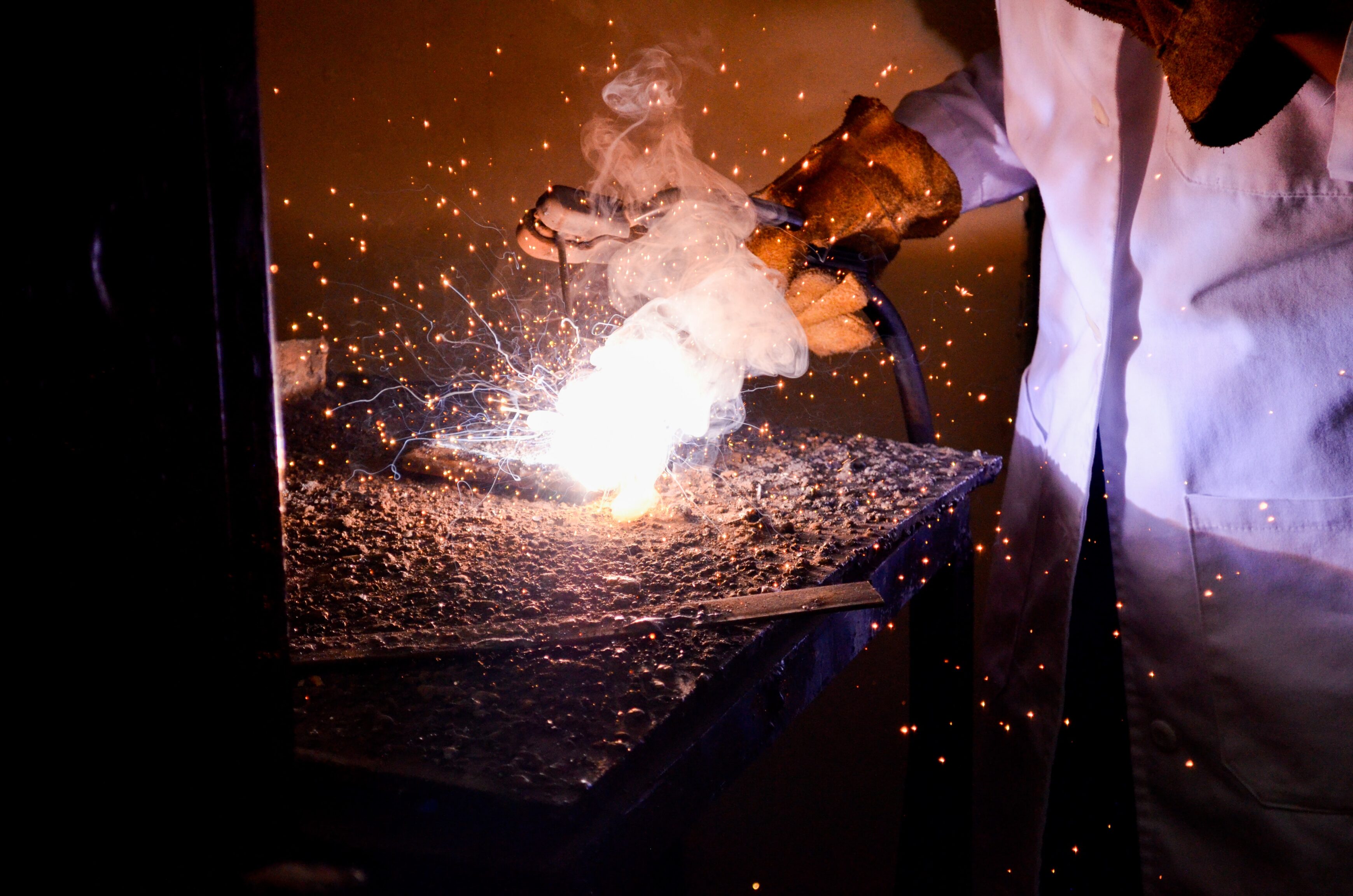What are the Classes of Fire
The classes of fire are defined by the type of fuel and the heat source. There are slight variations depending on region, which are in bold:
Class A
Class A fires burn on ordinary fuels found in most buildings – like wood, paper, fabric and refuse. They can be tackled with water, AFFF foam, dry powder or wet chemical fire extinguishers.
Class B
Class B fires burn flammable liquids, specifically those with a flashpoint lower than 100°C (including petrol). Water and wet chemical extinguishers must never be used – but CO2, dry powder and AFFF foam are all effective.
Class C
Class C fires are flammable gas fires, like those burning natural gas. Dry powder extinguishers are to be used in tackling gas fires. In the USA, flammable gas fires are Class B fires, along with flammable liquids.
Class D
Class D fires involve flammable metals. This is a special class of fire which is usually isolated to industrial scenarios, but burning metals can be extremely destructive and hard to control.
Potassium, sodium, lithium and magnesium are highly reactive metals with explosive properties. Lithium is a common battery manufacturing component, and magnesium alloys are light and stiff materials used in aerospace. Potassium is so reactive that it doesn’t occur naturally in its raw state, but can be found in laboratory settings.
These materials require specialist suppression techniques. They react explosively with water and most other materials. L2 powder extinguishers are the only effective fire extinguisher for small flammable metal fires, but evacuation with specialist suppression is the recommended course of action.
Electrical
Electrical fires have no classification in Europe, because electricity is a heat source and not a fuel. By disconnecting power, electrical fires can be fought with most means of fire suppression. In the USA, electrical fires are Class C and in Australia they’re Class E – where the recommended suppression techniques are dry powder or CO2.
Class F
This class of fire involved cooking oils and fats, which are technically flammable liquids – but how and where they occur, and the higher flashpoint of cooking fat, gives them a distinct class of their own.
In the USA, cooking oil and fat fires are Class K.
Water and wet chemical extinguishers must never be used. Wet chemical extinguishers are the only safe fire extinguisher for use on cooking oil fires and fat fires.
Learn More about Fire Extinguishers
Find out more about what type of fire extinguisher you need for each different class of fire.
Saving Lives is Our Priority
Protecting buildings and those in them from fire and smoke is our mission at Coopers Fire.
We design and manufacture life-saving fire curtains – always maintaining the highest standards of safety. Our expertise has made us a world leader in fire safety. For more information on our non-intrusive fire and smoke protection or our educational training courses, call us on 02392 454 405 or email info@coopersfire.com.


